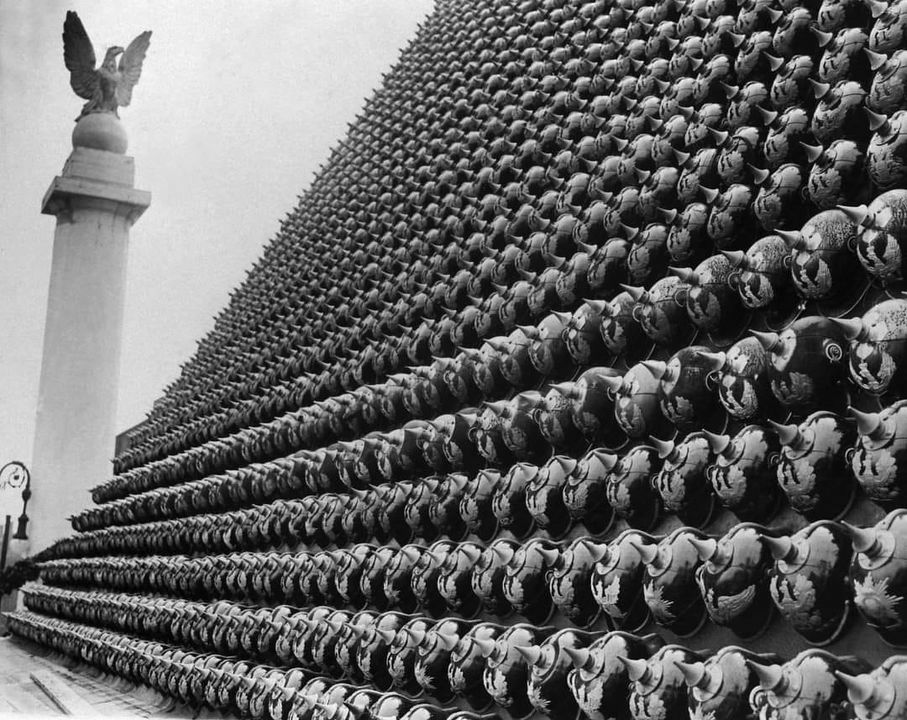Germany’s Critical Mistakes in World War I
Initial Missteps and Violation of Belgian Neutrality

Germany allowed victory to escape in 1914:
– By violating Belgian neutrality, it drew Great Britain into the war.
– The Schlieffen Plan which involved “wheeling” through Belgium was doomed from the start: Belgium was one of the most industrialised countries in the world at the time and boasted a high-density of population in urban centres. It was not easy to move entire armies and coordinate them (and their respective logistical tails) through such a landscape.
– Belgian forts in Liege and to a lesser extent Namur and Antwerp bought the French some time to organise a defensive line in the Marne Valley.
The Battle of the Marne: A Turning Point
It was impossible for Germany to win the war after the first Battle of the Marne in 1914. But it took many more mistakes and four more years for Germany to actually lose the war.
Lack of Coherent Strategy and Unified Command
In particular:
– Germany never developed a coherent strategy after 1914 and improvised from one campaign to another.
– Germany and its allies did not have a unified command, logistics, or strategy. They failed to correctly pool or share industrial output and manpower or coordinate campaigns.
– The German government was ineffective at managing its economy and industry and unable to adapt to the allied blockade.
– Unrestricted submarine warfare not only failed to break the blockade, but it also drew the US into the war.
-RBM










